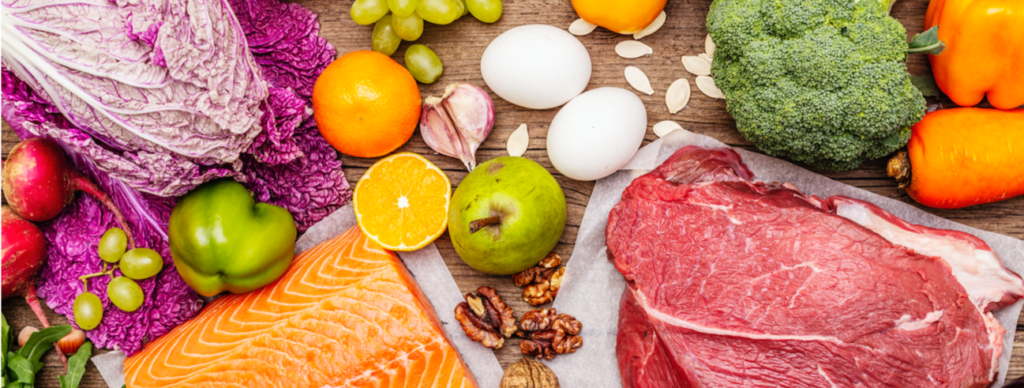This is healthy food
We start with a statement: ‘there is no such thing as good and bad food’. However, there is nutritious food and less nutritious food. Food with more or less essential nutrients. Tasty and less tasty food. Even though the latter is quite subjective because tastes differ of course! And of course you can make a good choice. A good choice right now for your specific goals and situation. Also a bad choice right now for your specific goals and situation.
It always revolves around one extremely important factor: context. Who are you? Are you old or young? Heavy or light? Very active socially? Do you like a drink? What do you need? Are you active? Do you have a sedentary occupation? Do you cycle to work? Do you exercise a lot? What are your goals? Do you want to lose weight? Arrive? Getting stronger? Running a long distance? How fast do you want to go? Do you have a deadline? Prefer to take it easy? Do you want to achieve your goal before the summer? Or aren’t you in a hurry?
There are many more factors that influence what a good diet is, specifically for you. Healthy food is a much discussed and debated topic. Everyone has an opinion about it, and they are often very contradictory. Ask yourself the question: “what is healthy eating?” to 13 different people you will most likely get 13 different answers. It is also often difficult to judge who is (more or less) right. There are only a number of nutrients that you must consume in order not to run into deficiencies. When you have long-term deficiencies in essential nutrients, you have a greater chance of various annoying health problems. So something we like to avoid.
We can then objectively say that we need these nutrients.
Below we make a small list of them:
#1 Protein/Protein: the minimum for inactive people is 0.01 oz for each pound of body weight. However, this amount is far too little for active people. The exact amount of course depends on the context: how old are you, what is your goal, are you in a calorie deficit or surplus, etc. A reasonably safe ‘general’ amount for active people is between 0.025 oz and 0.03 oz protein/ pound body weight. You actually need proteins for every process in your body. For example, the recovery and growth of (muscle) tissue, the production of hormones and enzymes, maintaining your immune system, transporting nutrients through your body and much more.
#2 Fat: a minimum amount of fat is around 20% of the total amount of calories or about 0.005 oz/ pound of body weight. This is a minimum for things like a healthy hormonal system, immune system, transport and absorption of certain vitamins and much more. You don’t get fat from eating fat, only from a calorie surplus. So don’t be afraid to eat products with fat. In fact, try to eat two servings of oily fish weekly to get enough omega 3 fats. If you don’t eat fish, an Omega 3 supplement is probably a good idea.
#3 Vitamin, Minerals & Trace elements: also called the micronutrients as a group. You need these substances in very small amounts, milli- to micrograms, but are essential for good health. The most famous example of a vitamin deficiency is probably the mysterious illness that sailors got during their long trade journeys in the 15th century. For unknown reasons, sailors developed bleeding gums, limp and painful limbs and even internal bleeding. This condition was called Scurvy. Very sinister. The cure? Citrus fruits. Oranges, lemons, limes. Scurvy was caused by a long-term deficiency of vitamin C, which is now virtually non-existent in the West. Here in the West we can easily prevent a shortage through a varied diet. If you know that you do not eat or very little in a certain food group, it is wise to supplement with the additional nutrients.
#4 Fibres: Also known as ‘nature’s broom’. Fibre helps the digestion process, reduces the risk of colon cancer, helps you with satiety and even maintains your blood sugar level. They can be found in fruits and vegetables as well as things like whole grains, nuts and legumes. A minimum is about 0.7 oz to 0.9 oz each day. A large excess of fibre can cause constipation, diarrhoea and bloating.
